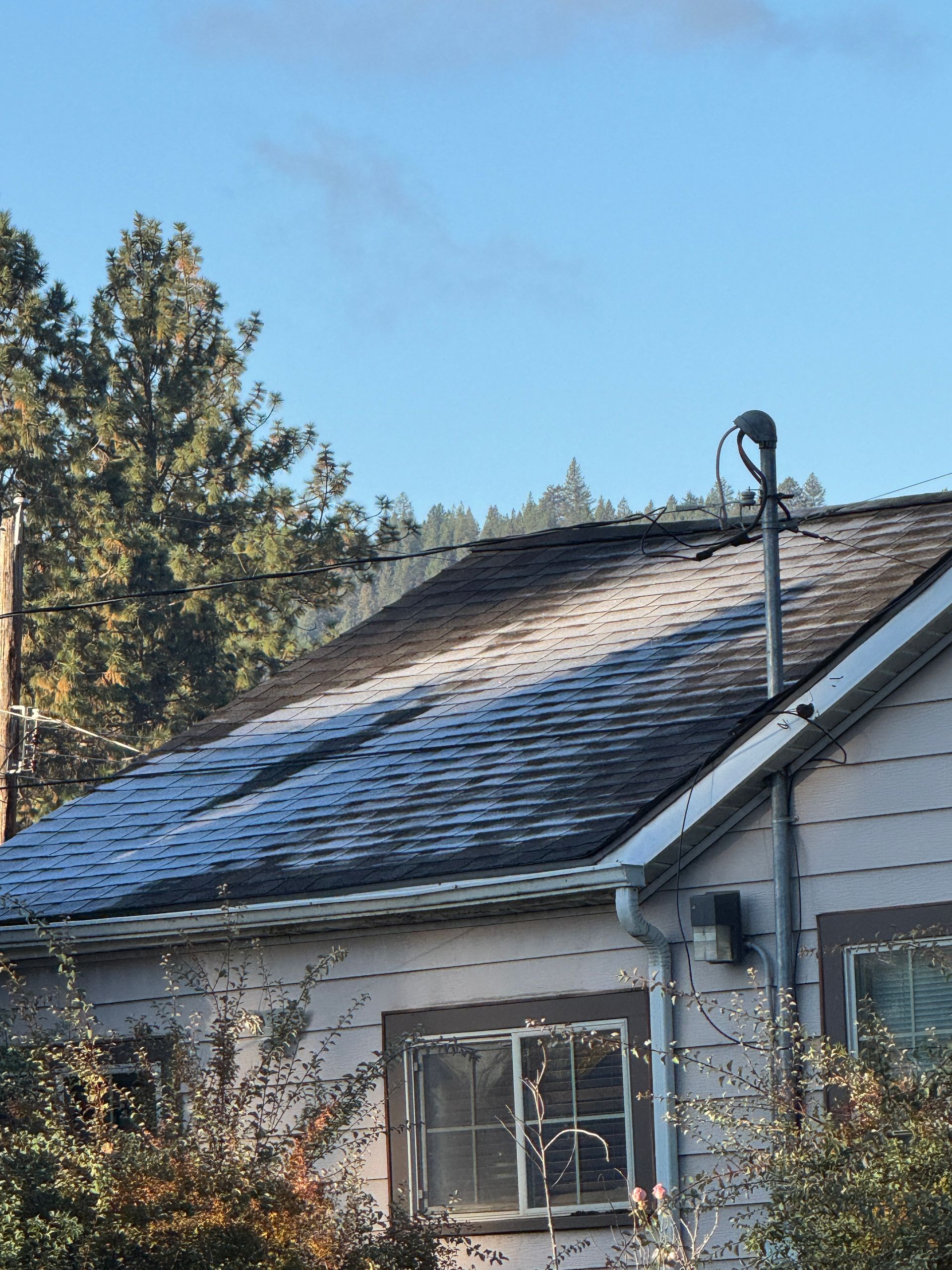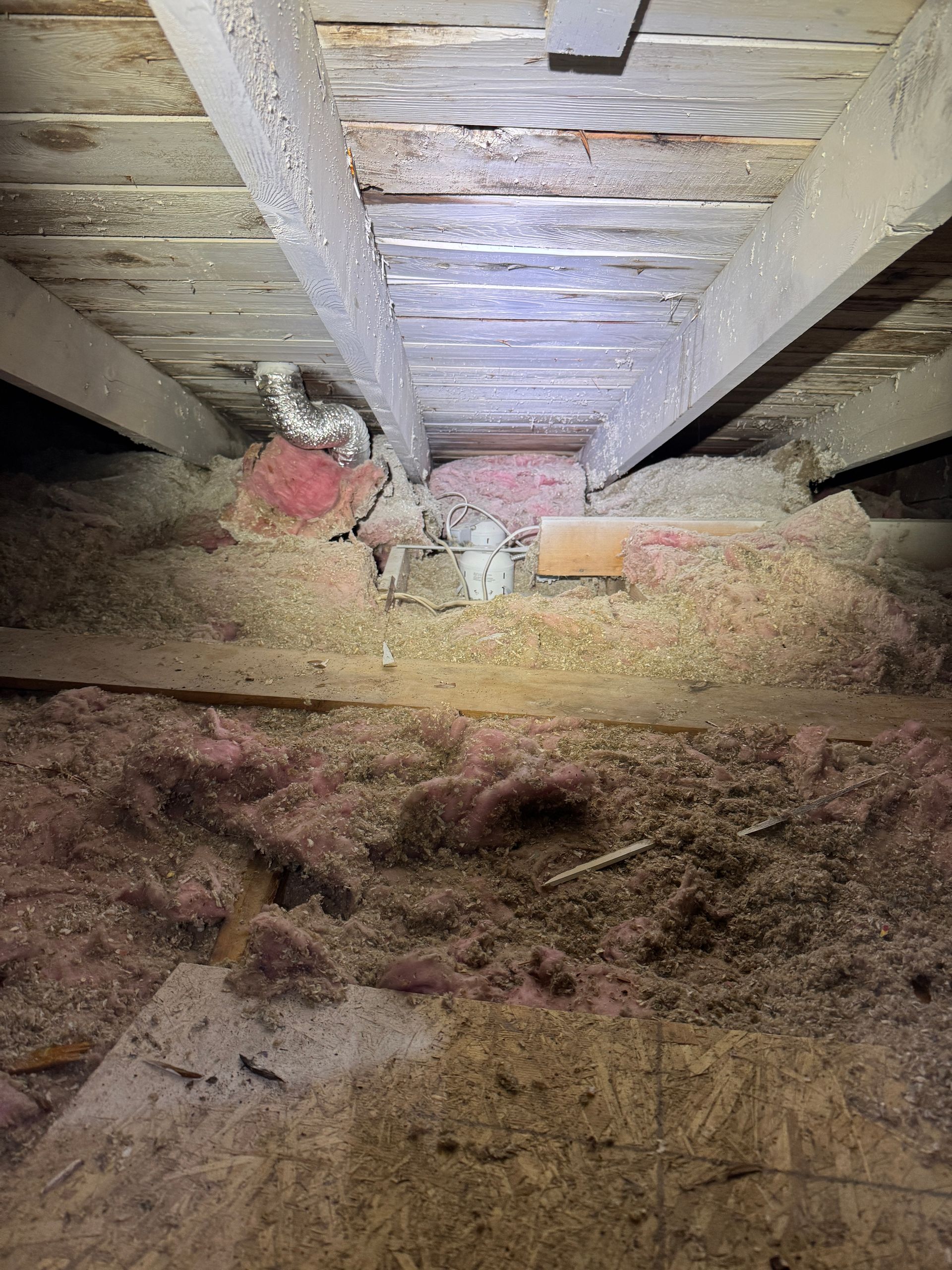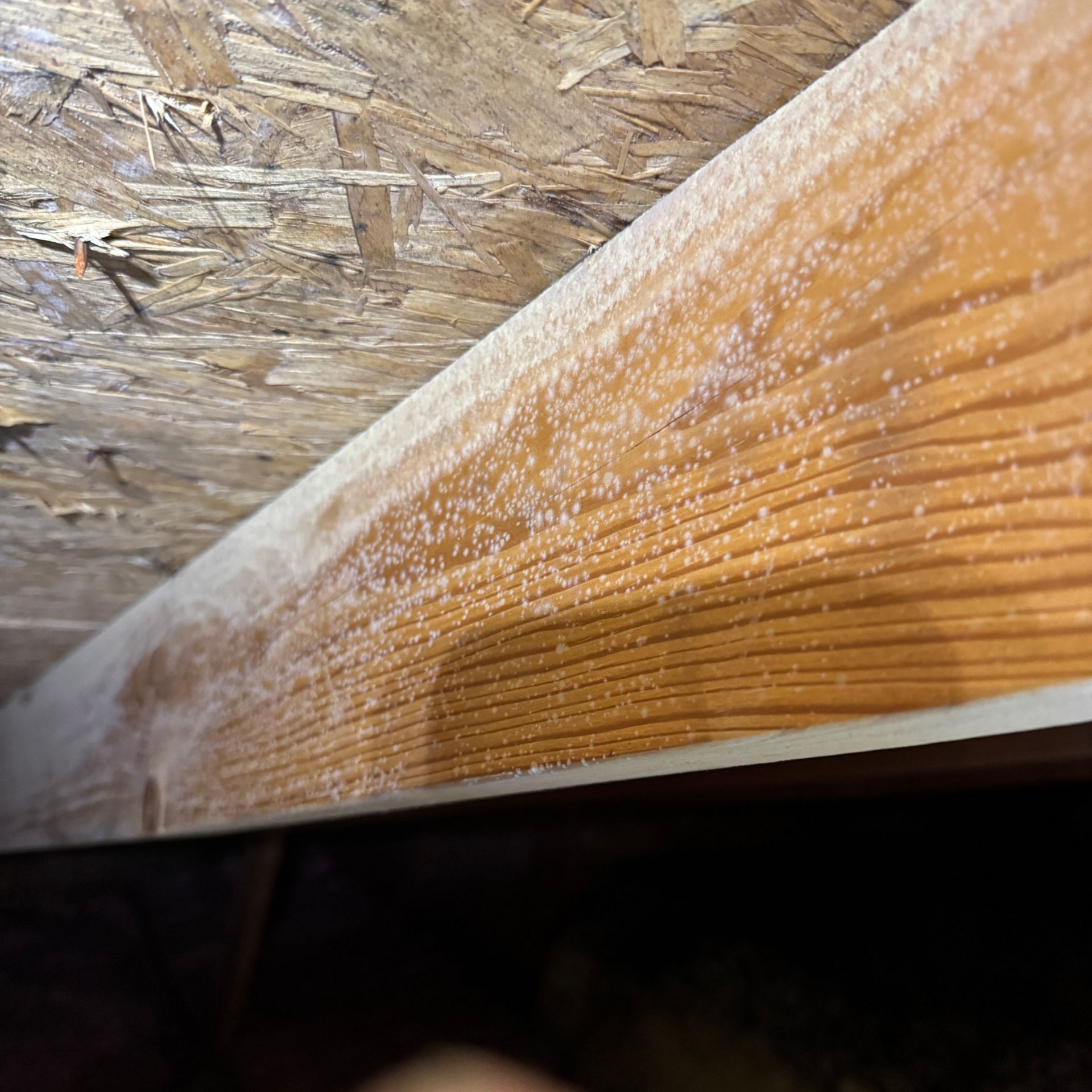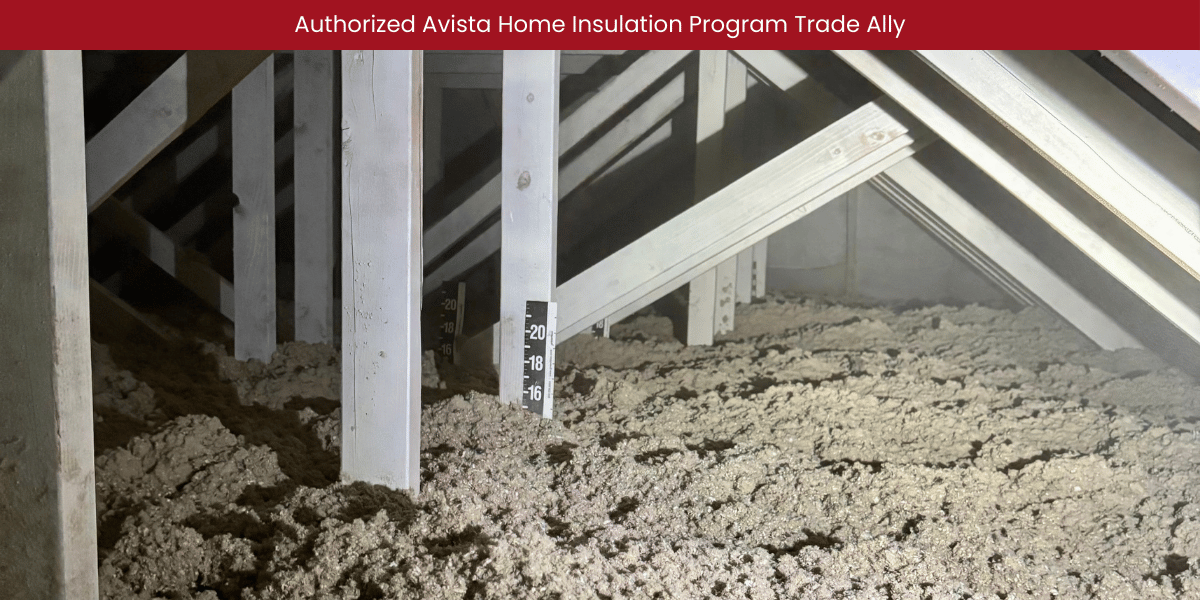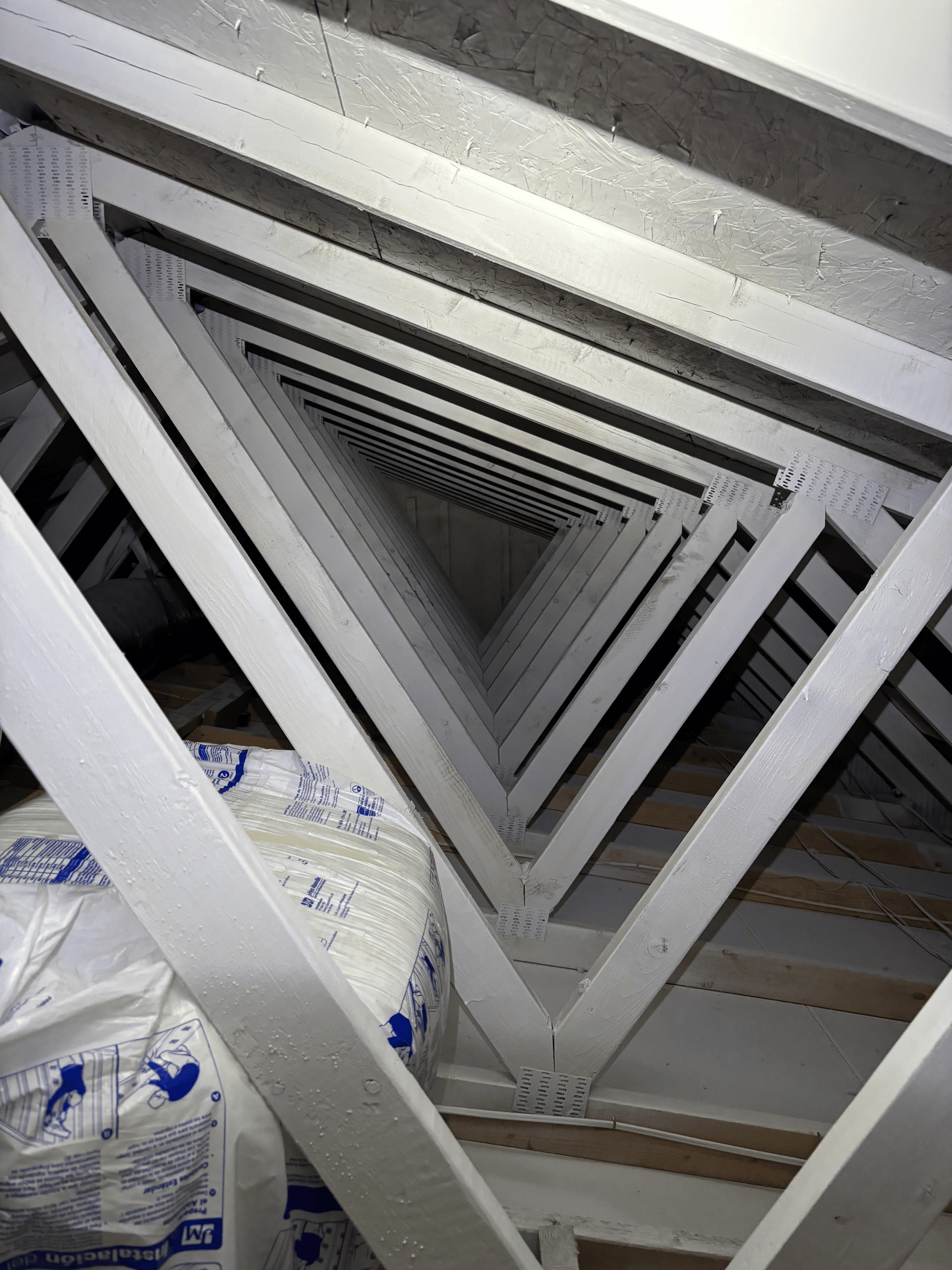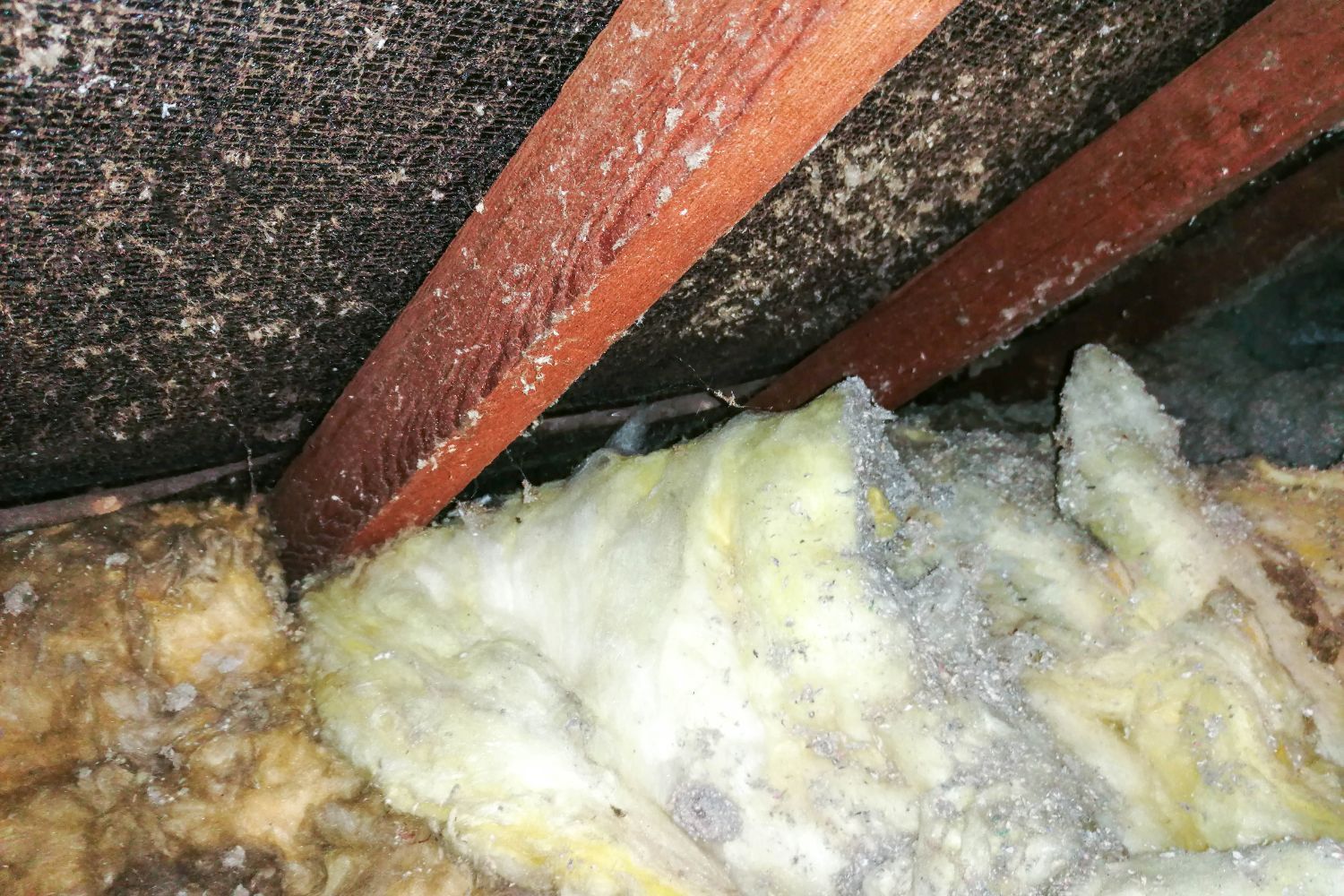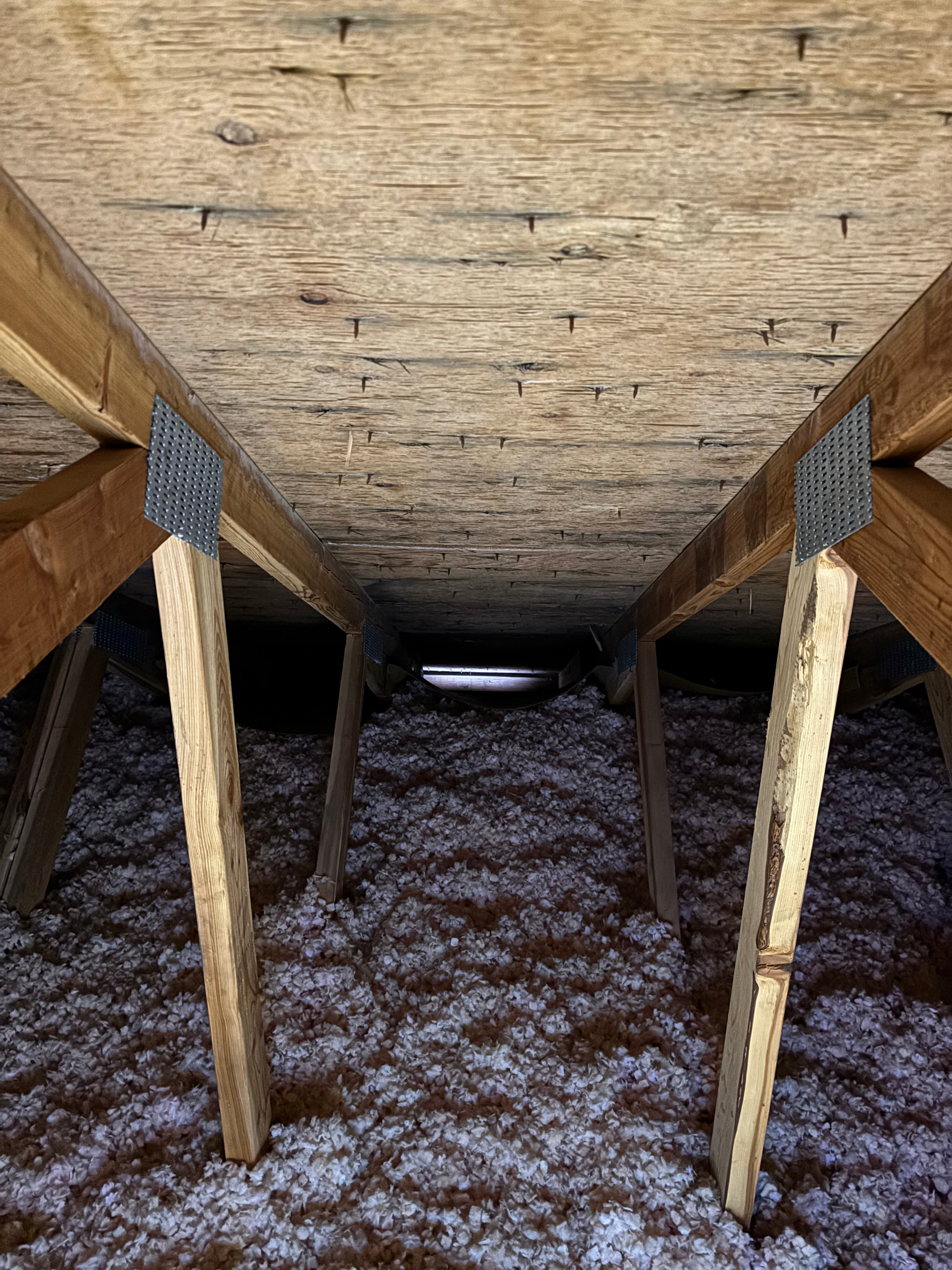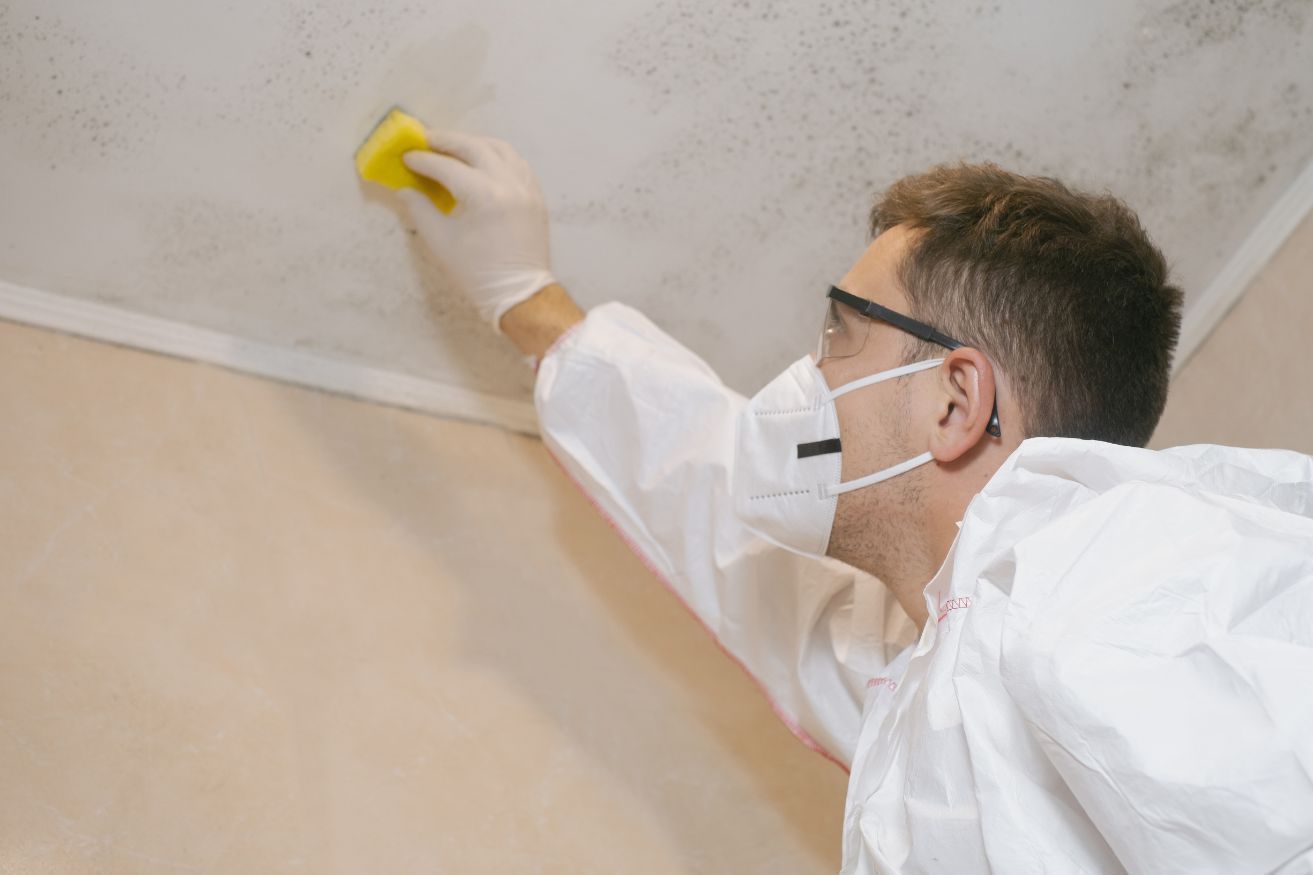Home Insulation Benefits: What Does Insulation Do?
Discover what does insulation do for homes and how it enhances energy efficiency, comfort, and reduces costs. Learn about its benefits and types today.
Understanding the Role of Insulation in Homes
Insulation serves as a barrier to heat flow, helping to keep your home warm in the winter and cool in the summer. It reduces the amount of heat that escapes from your home in cold weather and limits the heat entering during hot weather. By controlling temperature fluctuations, insulation helps maintain a comfortable indoor climate.
The Purpose of Insulation
The primary purpose of insulation is to create a thermal envelope around your home. This envelope minimizes the transfer of heat through walls, ceilings, and floors. Without proper insulation, your home would be more vulnerable to external temperature changes, making it less energy-efficient and more costly to heat or cool.
Thermal Envelope
The concept of a thermal envelope is crucial for energy efficiency. It involves ensuring all parts of the home, including the roof, walls, windows, and floors, are effectively insulated. This prevents unwanted heat exchange with the outside environment, allowing your heating and cooling systems to operate more efficiently.
Energy Efficiency
By minimizing heat flow, insulation reduces the demand on your heating and cooling systems. This not only lowers your energy bills but also extends the lifespan of your HVAC systems by reducing their workload. Effective insulation can lead to a significant reduction in energy consumption, which is both economically and environmentally beneficial.
Comfort and Consistency
A well-insulated home maintains a more consistent temperature throughout the year. This consistency prevents cold drafts in winter and excessive heat during summer, contributing to overall comfort. Insulation also helps to eliminate temperature variations between different rooms, ensuring a uniform climate indoors.
How Does House Insulation Work?
The Science Behind Insulation
Insulation works by trapping air within its structure. Materials like fiberglass, foam, and cellulose have tiny pockets of air that reduce the movement of heat. By slowing down the transfer of heat, insulation keeps the warm air inside during the winter and prevents hot air from penetrating your home in the summer.
Heat Transfer Mechanisms
Heat is transferred in three ways: conduction, convection, and radiation. Insulation primarily combats conduction and convection. By providing a barrier to conductive heat flow and reducing air movement (convection), insulation effectively keeps heat where it is needed or prevents it from entering unwanted spaces.
Role of Air Pockets
The air pockets within insulation materials are critical because air is a poor conductor of heat. These pockets slow down the movement of heat, creating a thermal resistance. This resistance, often measured as an R-value, indicates the effectiveness of the insulation; the higher the R-value, the better the insulation performance.
Insulation and Thermal Bridging
Thermal bridging occurs when materials that conduct heat bypass the insulation barrier, such as metal beams. Proper insulation addresses these bridges by ensuring continuous coverage, reducing heat loss or gain. Advanced techniques involve using materials that minimize bridging effects, further enhancing insulation efficiency.
Types of Insulation
There are various types of insulation materials, each with unique properties. Common types include:
- Fiberglass Insulation: Made from fine glass fibers, it is one of the most widely used insulation materials. It is affordable and effective in reducing heat transfer.
- Foam Insulation: Available in rigid boards or spray foam, it provides excellent thermal resistance and is ideal for sealing gaps and cracks.
- Cellulose Insulation: Made from recycled paper products, it is an eco-friendly option that provides good thermal performance.
Fiberglass Insulation
Fiberglass is popular due to its affordability and ease of installation. It comes in batts or loose-fill forms, making it versatile for various applications. Its non-combustible nature adds safety, while its resistance to moisture helps prevent mold growth.
Foam Insulation
Foam insulation, particularly spray foam, offers superior air sealing capabilities. It expands upon application, filling cracks and gaps that traditional materials might miss. Rigid foam boards offer high R-value per inch, ideal for thin walls or confined spaces.
Cellulose Insulation
As a sustainable option, cellulose insulation appeals to eco-conscious homeowners. It is treated with fire-retardant chemicals, enhancing safety while being an effective barrier against heat and sound. Its ability to settle into spaces makes it excellent for retrofitting older homes.
Installation Methods
Insulation can be installed in different parts of your home, including:
- Attics: Insulating your attic is crucial for preventing heat loss through the roof.
- Walls: Wall insulation helps maintain consistent indoor temperatures and reduces noise transmission.
- Floors: Insulating floors, especially those above unheated spaces, can enhance comfort and energy efficiency.
Attic Insulation
Attics are one of the most significant sources of heat loss in a home. Proper insulation in this area can dramatically improve energy efficiency. Options like loose-fill or batt insulation can be used, depending on accessibility and existing structure.
Wall Insulation
Walls are another critical area for insulation. They not only help maintain thermal comfort but also provide soundproofing benefits. Techniques vary from adding insulation to existing walls (retrofit) to including it during construction for optimal performance.
Floor Insulation
Floors over unheated spaces, like garages or basements, can lead to heat loss. Insulating these floors prevents cold air from seeping into living spaces. Methods include using rigid foam boards or batts to achieve desired thermal resistance.
Why Is Insulation Important?
Benefits of Home Insulation
Insulating your home offers numerous advantages, including:
- Energy Efficiency: Proper insulation reduces the need for heating and cooling, leading to lower energy bills.
- Comfort: Insulation helps maintain a consistent indoor temperature, eliminating cold drafts and hot spots.
- Noise Reduction: Insulation acts as a sound barrier, minimizing noise from outside and between rooms.
- Environmental Impact: By reducing energy consumption, insulation helps lower your carbon footprint.
Energy Savings
One of the most immediate benefits of insulation is the reduction in energy bills. With less reliance on heating and cooling systems, homeowners can save significantly over time. These savings can quickly offset the initial cost of insulation installation.
Enhanced Comfort
Insulation contributes to a more comfortable living environment. By eliminating drafts and maintaining even temperatures, it enhances the quality of life for occupants. This comfort extends to reduced noise levels, creating a quieter and more peaceful home environment.
Environmental Benefits
Reducing energy consumption not only saves money but also benefits the environment. Lower energy use means reduced greenhouse gas emissions, contributing to environmental conservation efforts. Choosing eco-friendly insulation materials further enhances this positive impact.
Long-term Savings
Investing in quality insulation can result in significant long-term savings. While the initial cost of insulation installation may seem high, the reduction in energy bills over time can offset this expense. Additionally, a well-insulated home often has higher resale value, making it a smart investment.
Return on Investment
The return on investment (ROI) from insulation is impressive. Over time, the cost savings on energy bills can exceed the initial investment, providing financial benefits for years. This ROI makes insulation a financially savvy choice for homeowners.
Increased Property Value
A well-insulated home is attractive to potential buyers, often commanding a higher market value. Energy-efficient homes are in demand, and proper insulation is a key factor in achieving this efficiency, making your property more appealing.
Reduced Maintenance Costs
Insulation can also lead to lower maintenance costs. By reducing the strain on heating and cooling systems, it helps prolong their lifespan. This reduction in wear and tear means fewer repairs and replacements over time, saving homeowners money.
Advantages of Different Insulators
Each type of insulation material has its own set of benefits:
- Fiberglass: Resistant to moisture and non-combustible, making it a safe choice for homes.
- Foam: Excellent for sealing air leaks and providing high thermal resistance.
- Cellulose: Offers good fire resistance and is made from recycled materials, enhancing its sustainability.
Fiberglass Benefits
Fiberglass is known for its durability and longevity. It is resistant to pests, mold, and mildew, ensuring it remains effective over time. Its availability in various formats makes it suitable for different applications, from attics to walls and floors.
Foam Insulation Benefits
Foam insulation excels in air sealing, preventing drafts and improving overall energy efficiency. It is particularly beneficial in areas prone to air leaks, such as around windows, doors, and in basements. Its high R-value makes it an excellent choice for maximum thermal resistance.
Cellulose Insulation Benefits
Cellulose is a favorite for those seeking an environmentally friendly option. Its use of recycled materials reduces waste, and its dense composition provides effective soundproofing. Additionally, it is treated to resist pests, adding another layer of protection for your home.
How to Choose the Right Insulation
Assessing Your Home's Needs
Choosing the right insulation depends on several factors, including your climate, budget, and specific areas of your home that need insulation. Conducting an energy audit can help identify areas where insulation could improve energy efficiency.
Climate Considerations
The climate in which you live greatly influences the type of insulation you need. In colder climates, insulation with a higher R-value is crucial to prevent heat loss. Conversely, in warmer areas, insulation that effectively blocks heat gain is essential.
Budget Constraints
While it's important to consider the cost of insulation, remember that the cheapest option may not always provide the best value. Weighing the initial investment against long-term savings and benefits can help you choose a cost-effective solution.
Targeted Insulation
Different areas of your home may require different insulation solutions. For example, attics might benefit from loose-fill insulation, while spray foam could be ideal for sealing gaps in basements. Tailoring the insulation type to specific needs ensures optimal performance.
Consulting Professionals
For optimal results, consider consulting with a professional insulation contractor. They can provide expert advice on the best insulation materials and installation methods for your home.
Benefits of Professional Assessment
A professional assessment can provide insights into areas that may be overlooked by homeowners. Contractors have the expertise to recommend solutions that maximize efficiency and comfort, ensuring you get the most out of your investment.
Installation Expertise
Professional installers have the skills and tools to ensure insulation is applied correctly. This expertise minimizes potential problems, such as gaps or insufficient coverage, which can compromise insulation effectiveness.
Warranty and Support
Many professional insulation services offer warranties and ongoing support. This added assurance can provide peace of mind, knowing that any future issues will be addressed promptly and effectively.
Conclusion: The Importance of Insulation
In conclusion, insulation is a critical component of a comfortable and energy-efficient home. Understanding how insulation works and its benefits can guide you in making informed decisions that enhance your living environment. By investing in quality insulation, you not only improve your home's comfort but also contribute to energy savings and environmental conservation.
Creating a Sustainable Home
With the right insulation, your home can become a more pleasant and sustainable place to live. Whether you're renovating or building new, don't underestimate the power of proper insulation in creating a cozy and efficient home environment.
Future-proofing Your Home
Investing in insulation is a step towards future-proofing your home. As energy costs rise and environmental concerns grow, a well-insulated home remains a valuable asset. It ensures your home remains comfortable, efficient, and environmentally responsible for years to come.
Supporting Environmental Goals
By choosing eco-friendly insulation options and reducing energy consumption, you contribute to broader environmental goals. This effort not only benefits your immediate surroundings but also supports global initiatives towards sustainability and conservation.


